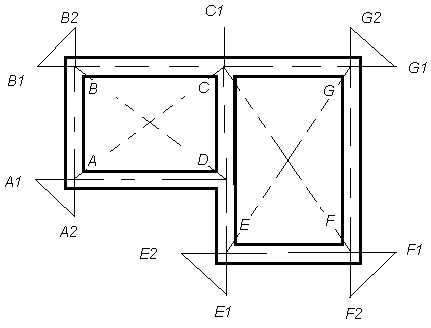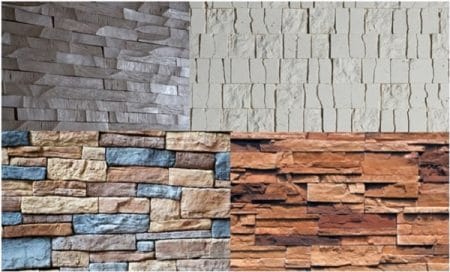Rubble Soling Under Floors and Foundations
Hard core soling can be done either by bricks or by rubble stones laid under floors / foundations, hand packed or as per specifications or requirement at site. Soling under floors, foundations and pavements provides cushion as well as strong subbase.
Rubble Stone Soling
The rubble stone generally used are of best variety of black trap / granite / basalt or other variety of stone available locally. The stone should be hard, durable free from defects and of required size as required at site or as per specification.

Preparation of Surface
The bed on which rubble soling is to be laid should be cleared of all loose materials, leveled, watered and compacted before laying rubble soling. Cable or pipe trenches if required shall be got done before the soling is started.
Procedure of Rubble Soling
Over the prepared surface, the stone should be set as closely as possible and well packed and firmly set. The stones should be of full height and should be laid so as to have their bases of the largest area resting on the sub-grade. Soling should be laid in one layer of 230mm or 150mm depth or specified thickness of soling with a tolerance of 25mm.
After packing the stones properly in position, the interstices between them should be carefully filled with quarry spoils or stone chips of larger size possible to obtain a bard, compact surface. Spreading of loose spoils or stone chips is prohibited.

The entire surface should be examined for any protrusions and the same should be knocked off by a hammer and all interstices should be filled with approved murrum. Excess murrum if any over the surfaces should be removed.
The surfaces should then be watered and consolidated with mechanical or sufficiently heavy wooden tampers and log-rammers.
After compaction, give the required slope or level and dense sub-base and the surface should present clean look. Adequate care should be taken by the contractor while laying and compacting the rubble soling to see that concrete surfaces in contact with soling are not damaged.










